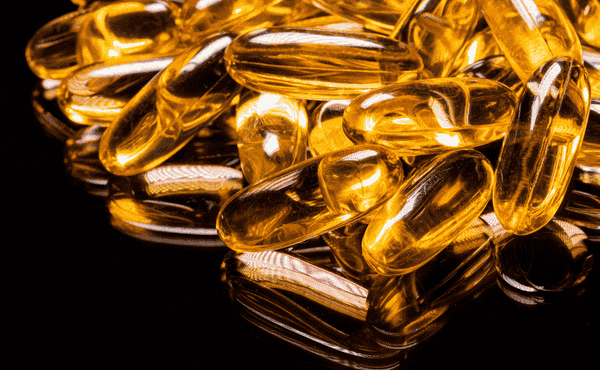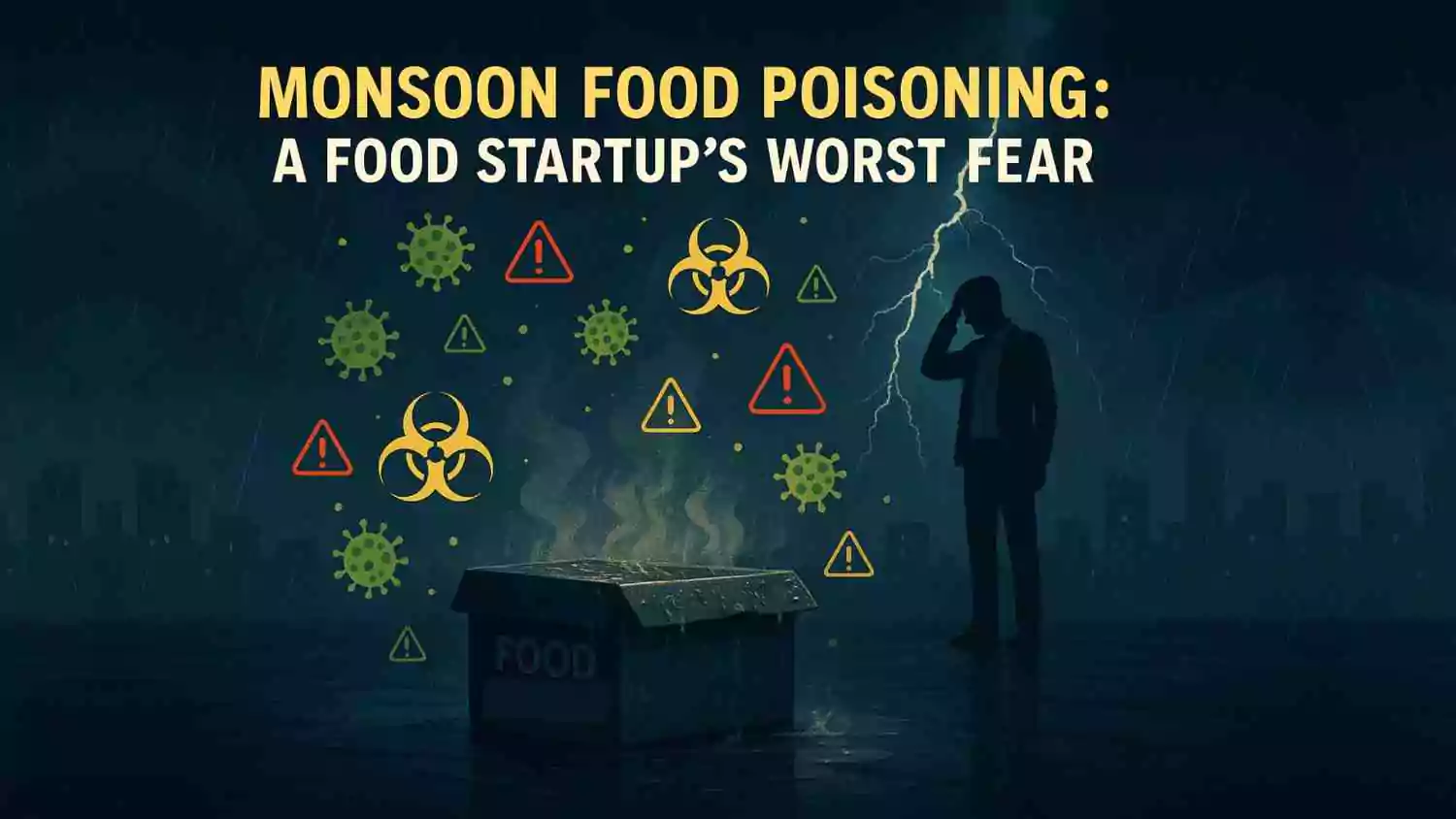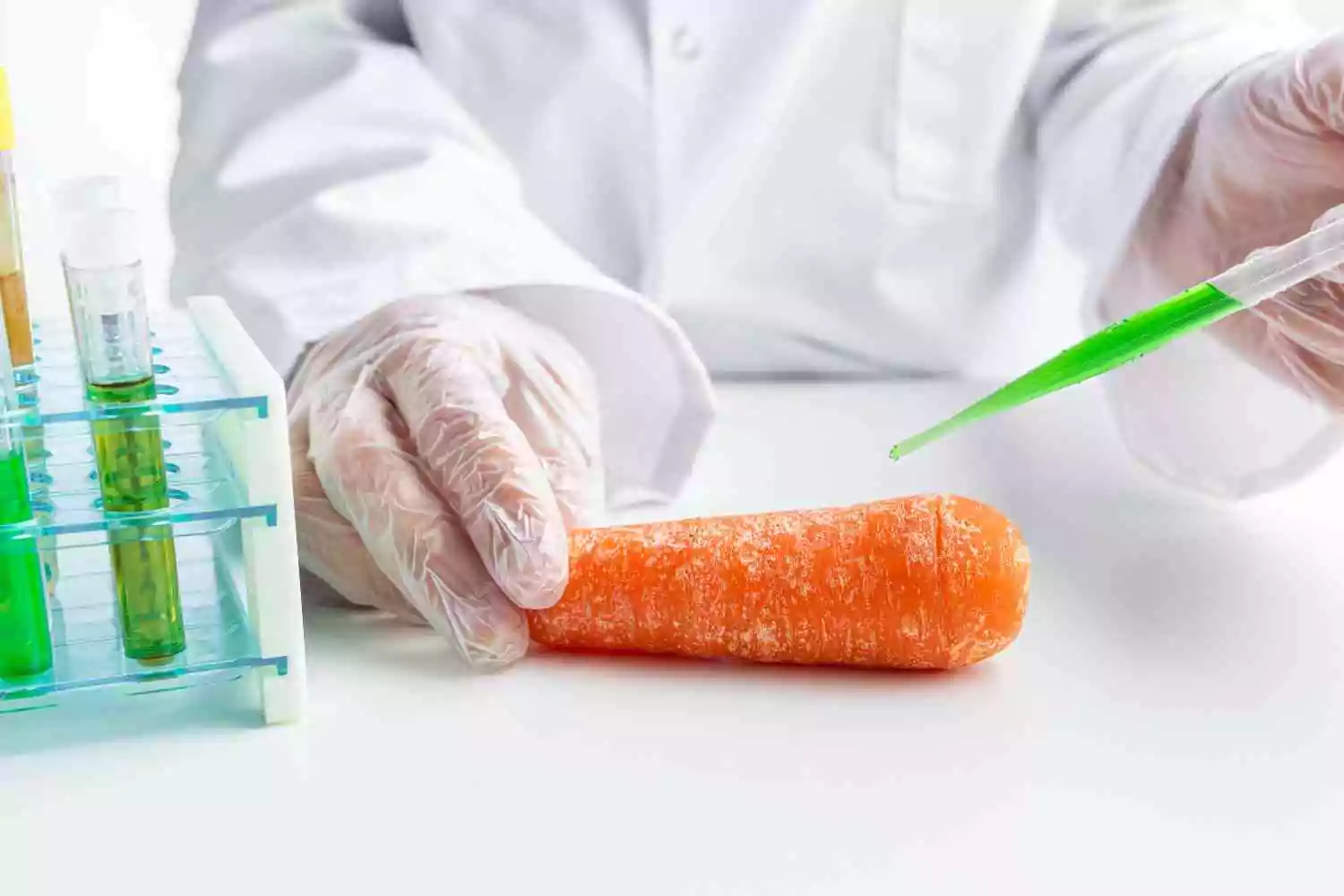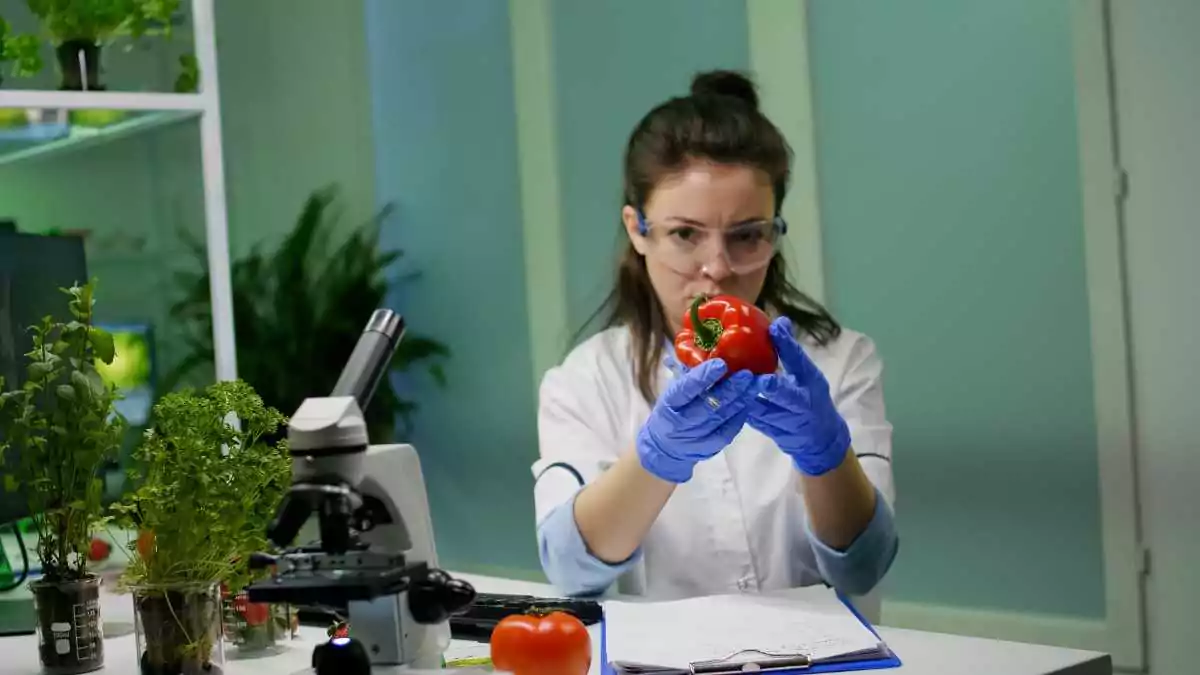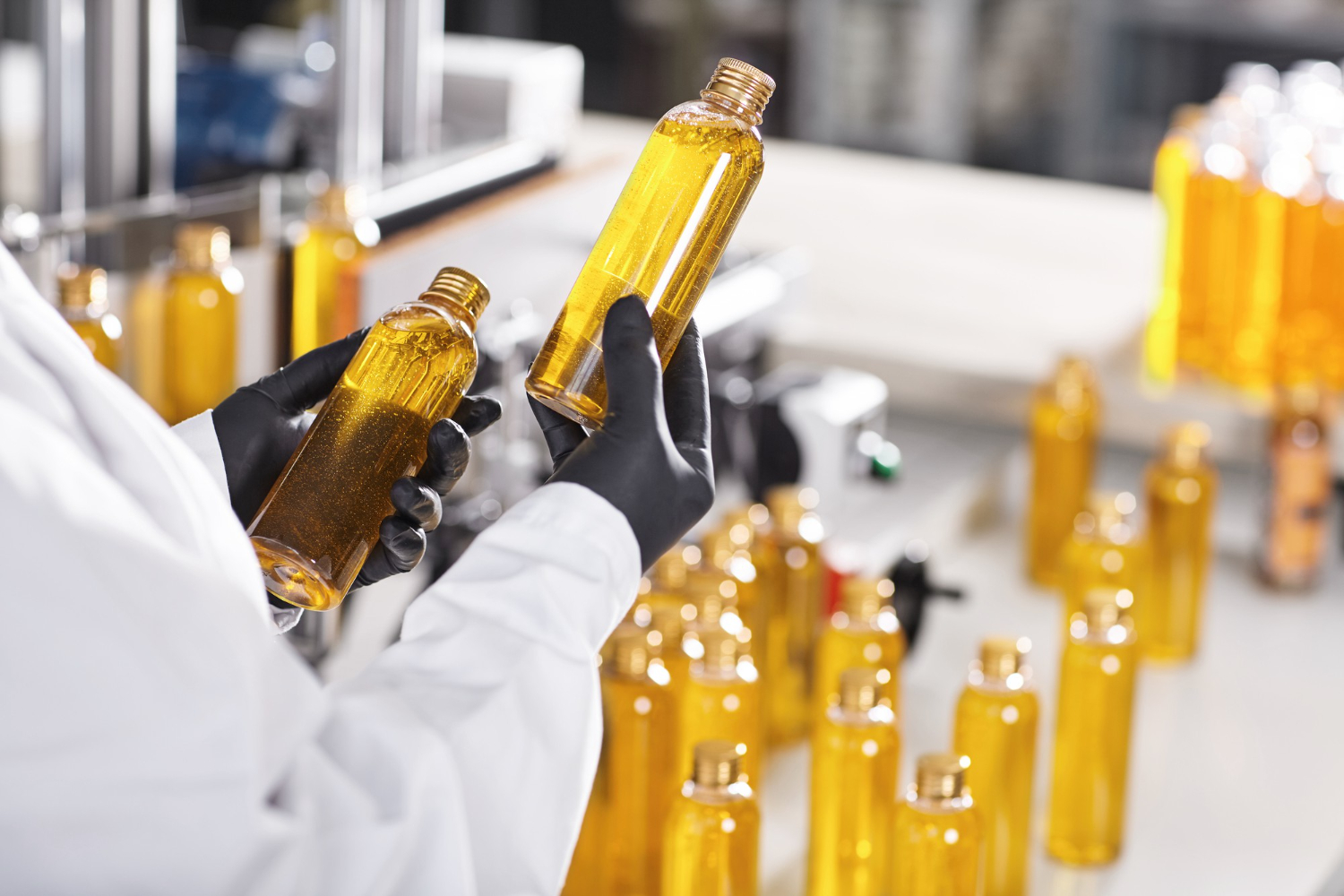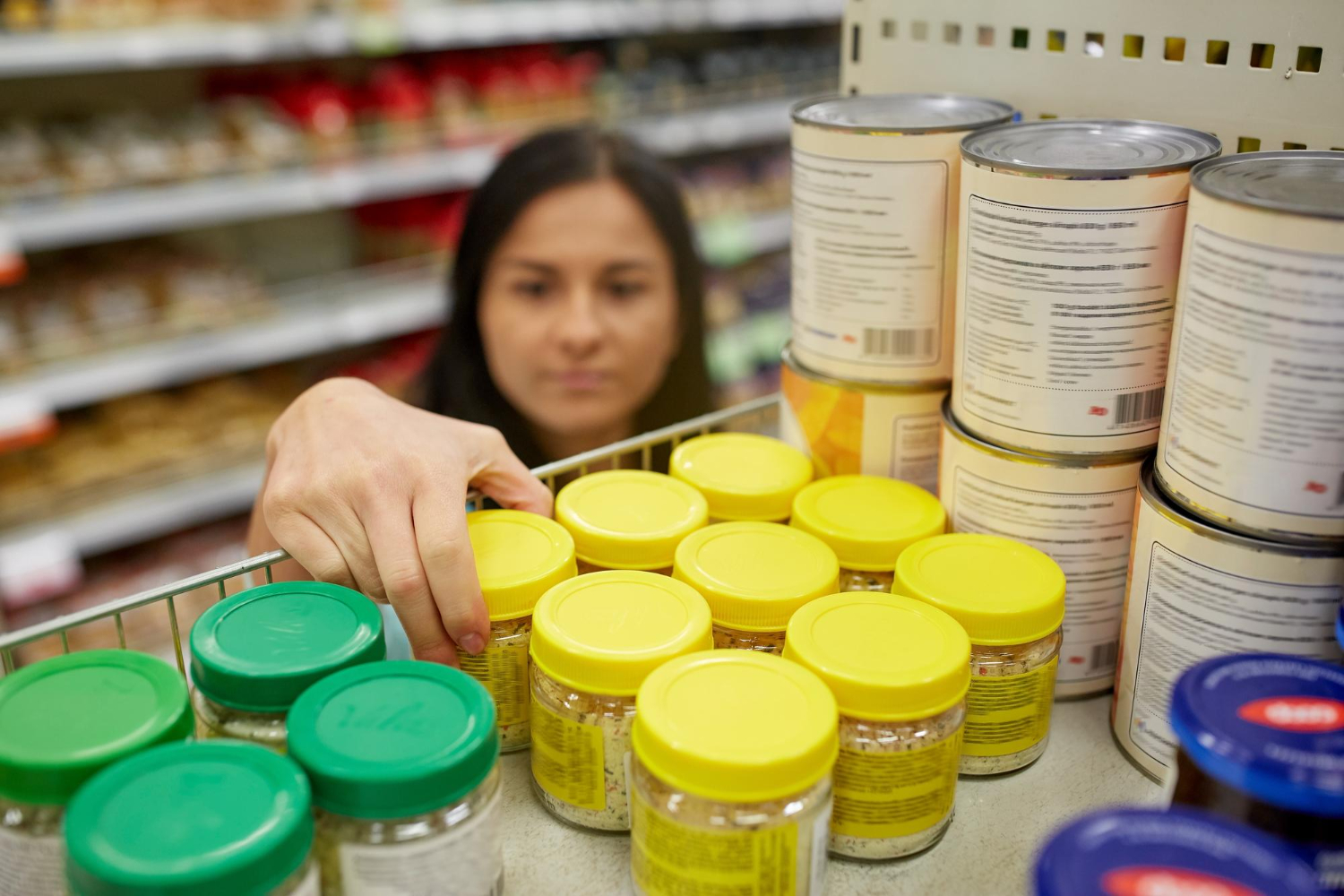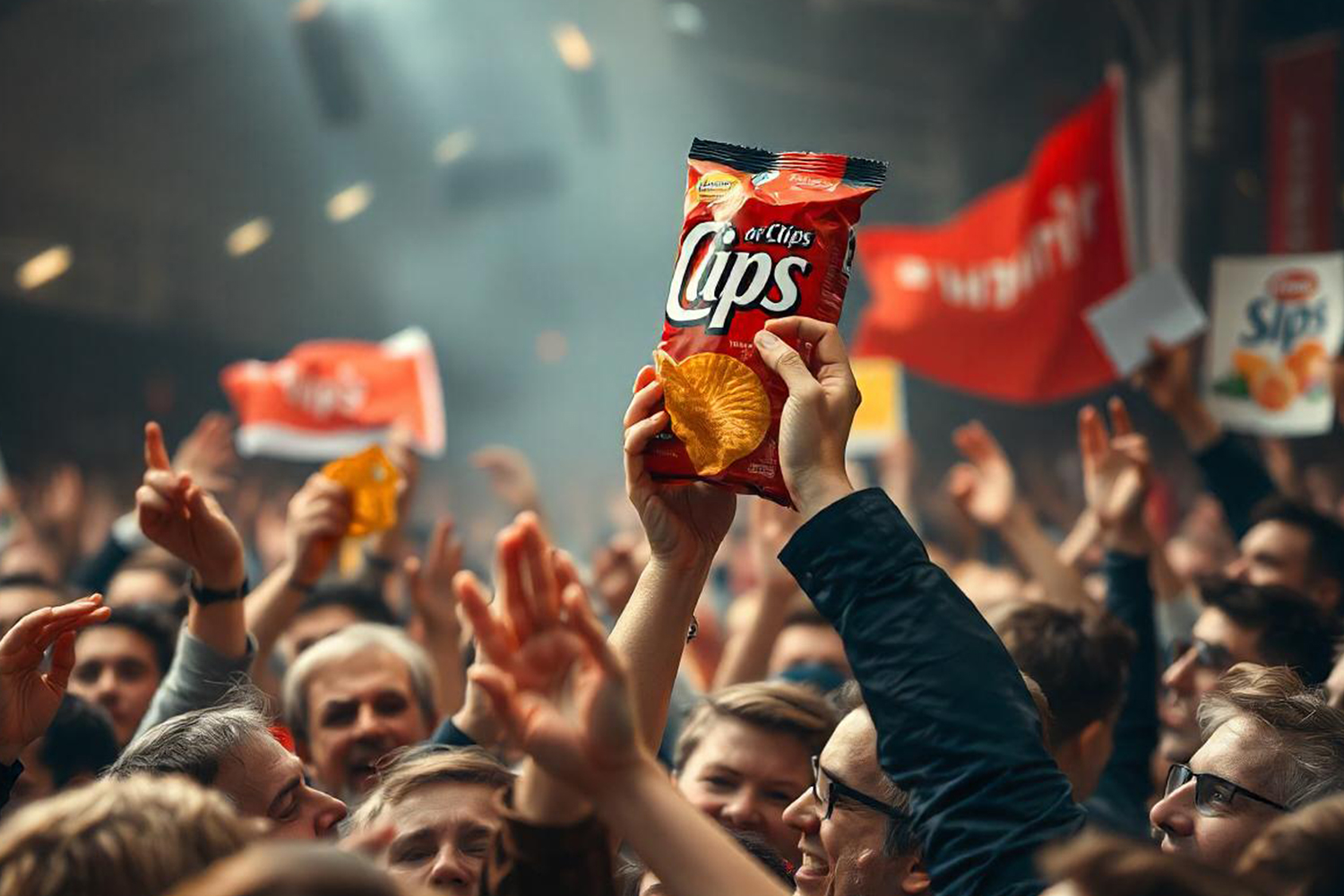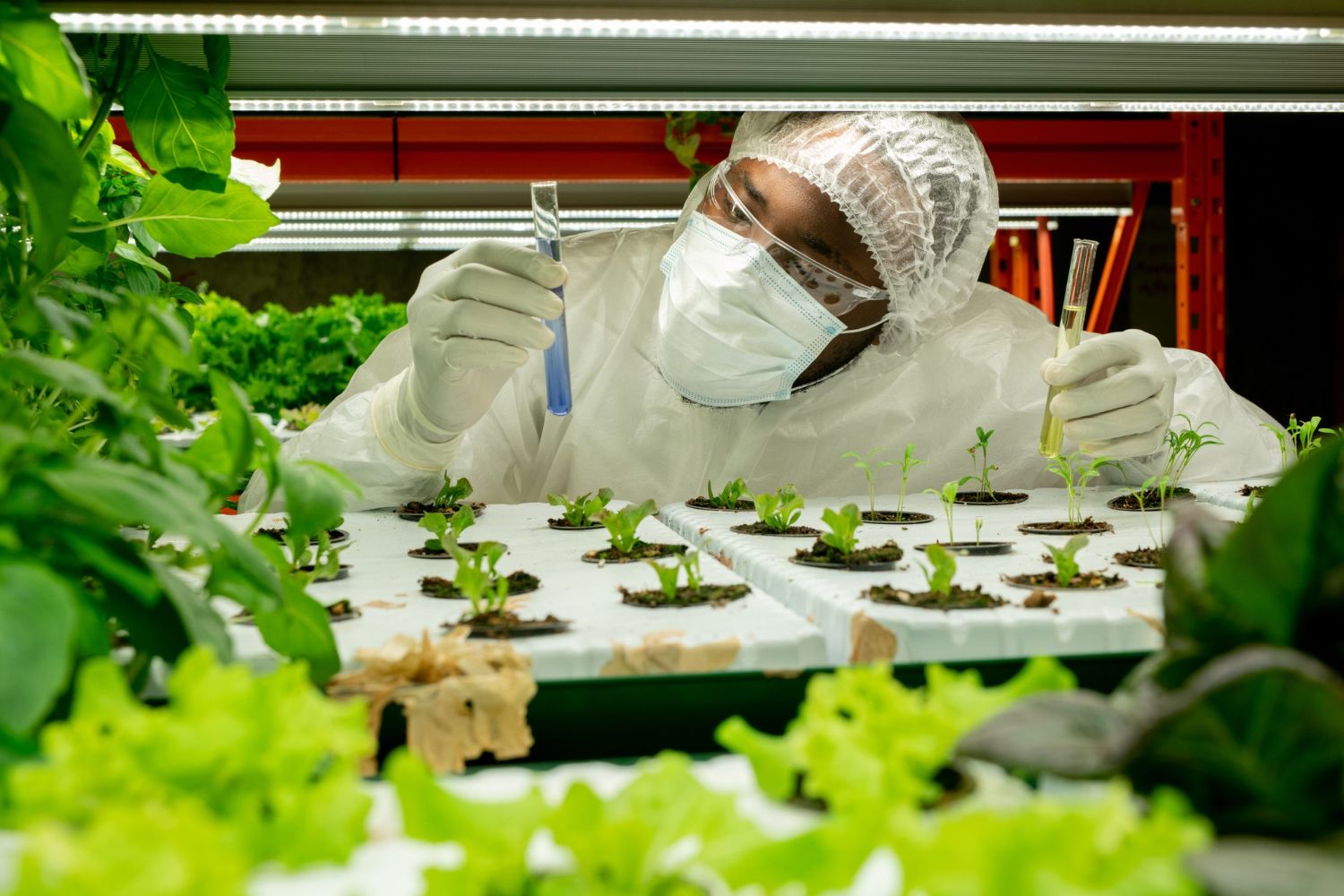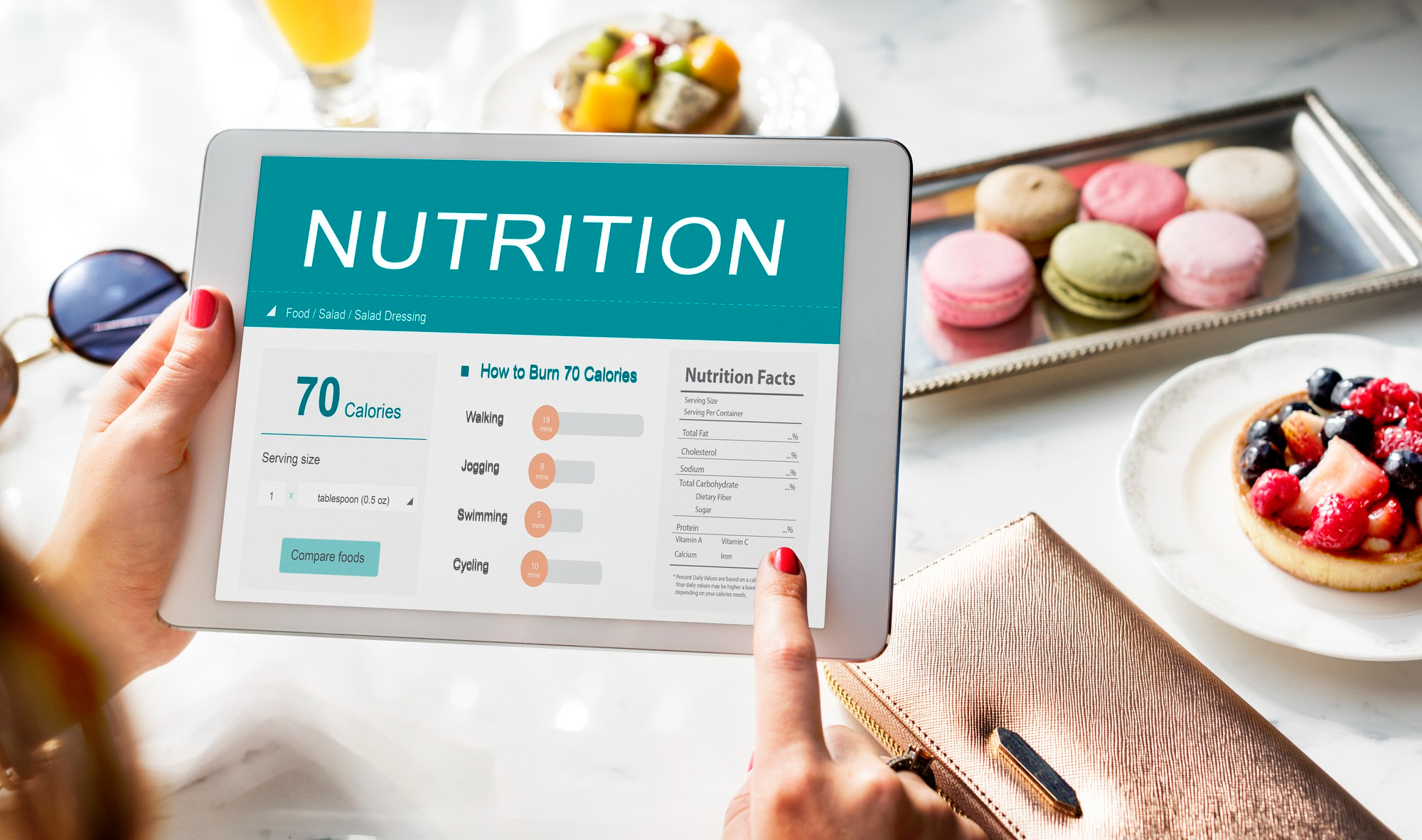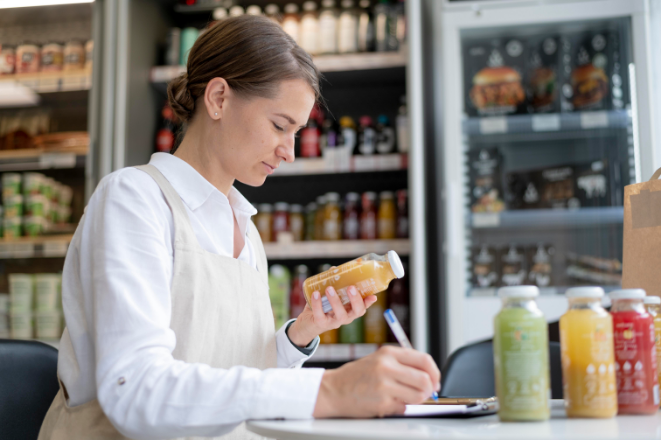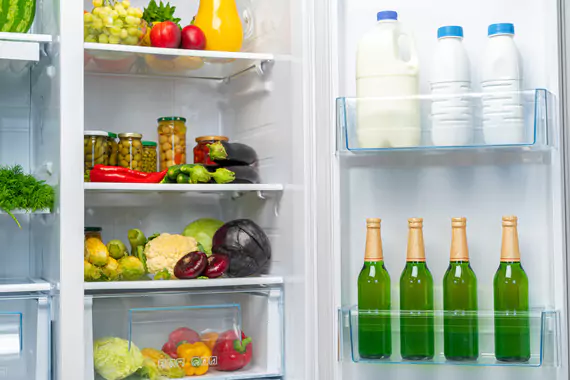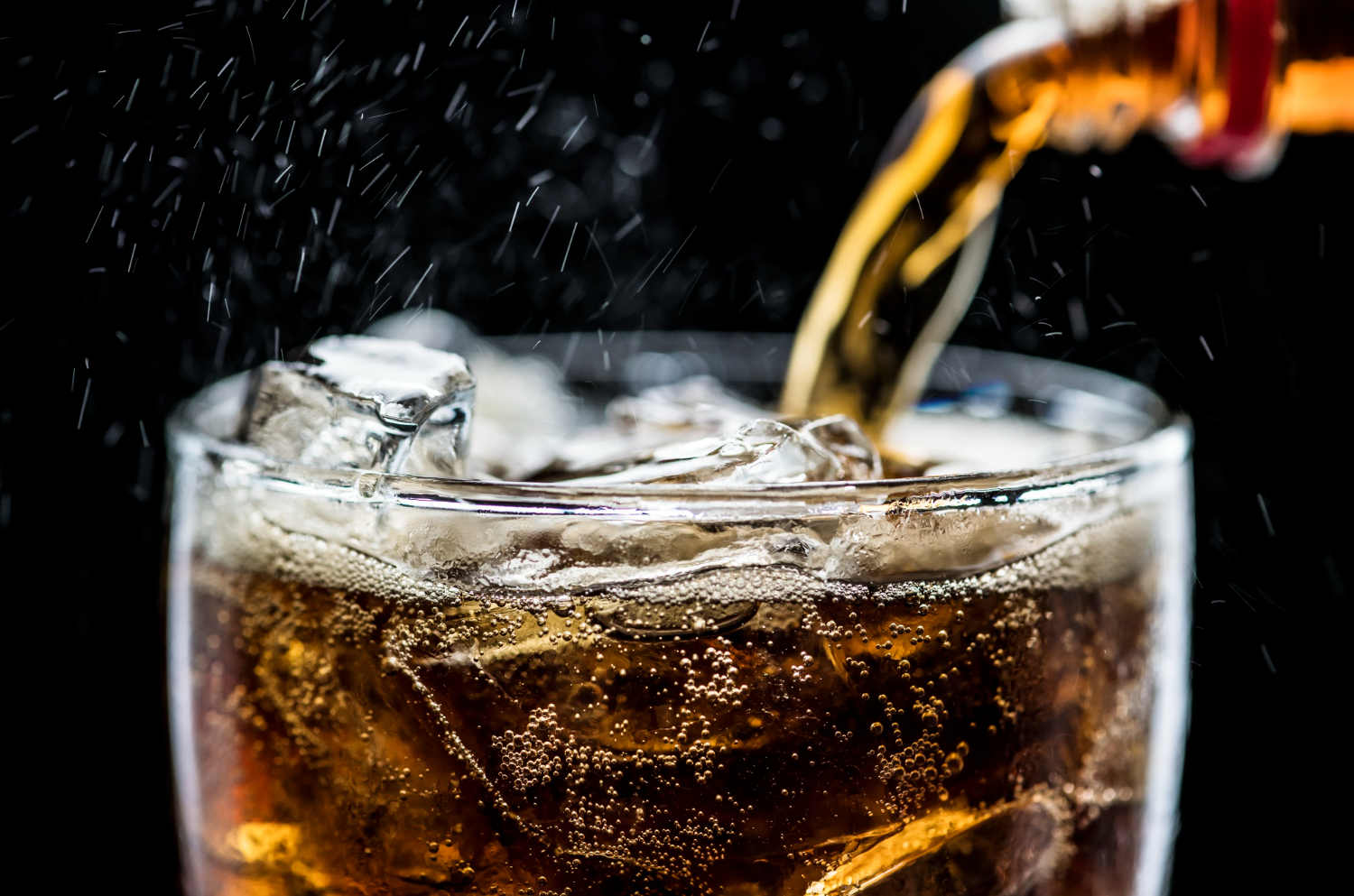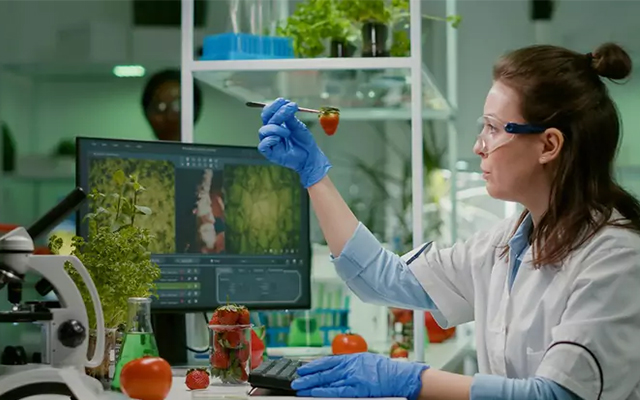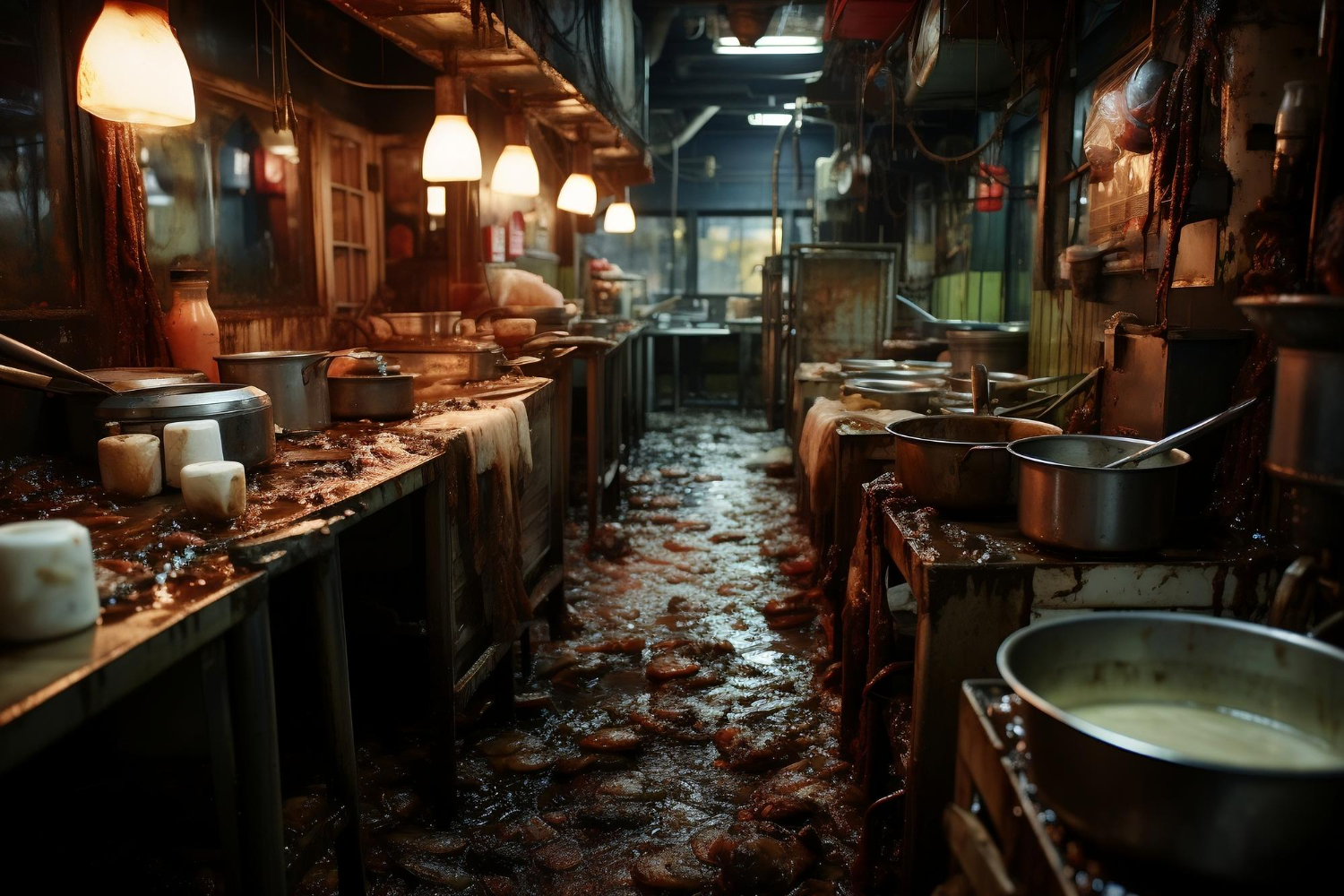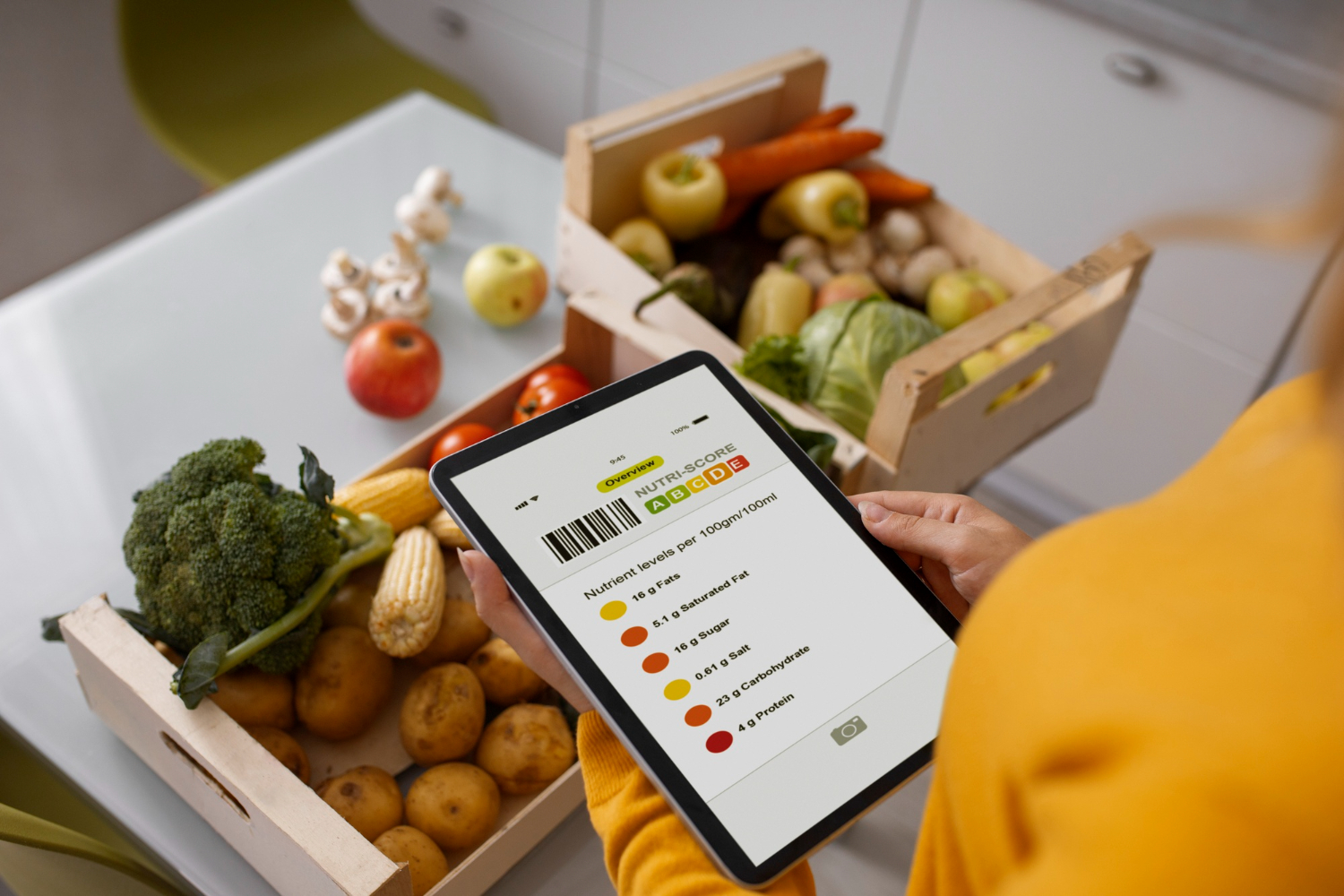Shelf Life vs Expiration Date: What’s the Real Difference?

3 Ways To Enhance Your Product Shelf Life
Simple techniques to increase the durability and safety of your food products.
Test Your Shelf-Life Today – Free Download
In every household, there's always that one moment of hesitation, standing in front of the refrigerator, holding a yogurt tub or a ketchup bottle, squinting at the label, and wondering, Is this still safe to eat? For most of us, terms like shelf life and expiration date feel interchangeable. But in reality, they mean very different things. And understanding the difference could save you money, reduce waste, and keep your family safe.
Let’s take the story of Rina, a 32-year-old marketing professional living in Mumbai. One busy morning, she made a sandwich for her son’s school tiffin using mayonnaise she found at the back of the fridge. It looked fine and smelled okay, but two hours later, she got a call from the school that her son had a bad stomachache. That jar of mayo was three weeks past its expiration date.
This small incident made Rina dig deeper into what expiration dates really mean. And like many of us, she discovered that she wasn’t fully aware of how to read or interpret food labels.
So, what’s the difference between shelf life and expiration date, and why should you care? Let’s read more about it.
What is Shelf Life?
Shelf life refers to how long a product remains safe to use, effective, or good in quality under proper storage conditions. It's the period during which a product, whether food, medicine, or cosmetics, can be stored without deteriorating or becoming unsafe.
Take milk, for example. Unopened milk stored at the right temperature may have a shelf life of 7-10 days. But if left out in the heat for a few hours, it may spoil even before that. That’s because shelf life depends heavily on how a product is handled after purchase.
Shelf life doesn't necessarily mean the product will expire on that date. It only means that its optimal quality is guaranteed only until then.
What is an Expiration Date?
The expiration date is the final day that a product is considered safe to consume. After this date, manufacturers no longer vouch for the product’s safety or effectiveness. This term is usually used for products like baby formula, medicines, or some dairy products where the stakes are higher if the item is consumed after that date. So while shelf life talks about quality, expiration date talks about safety.
Let’s take Rina’s mayonnaise again. If it had a printed expiration date of June 5 and she used it on June 28, it was no longer guaranteed to be safe. That’s a food safety risk, even if it looked and smelled fine.
Examples to Understand Better
- Packaged Chips (Shelf Life Example)- Imagine a packet of chips with a ‘Best Before’ date of August 15. If you eat the chips on August 20, they may be a bit stale, but are unlikely to make you sick. That's because chips typically have a long shelf life due to preservatives and packaging, but after the shelf life ends, the crunch and flavor may start to degrade.
- Bread (Shelf Life and Spoilage)-Bread from your local bakery might say ‘Best Before: July 22’. But if you store it in a warm and humid environment, mold may appear before the 22nd. In this case, the shelf life was shortened by poor storage. Always trust your senses with bread; if it smells sour or has mold, toss it, regardless of the date.
- Medicines (Expiration Date Example)- Prescription medicines like antibiotics should never be taken after the expiration date. Their chemical composition may change, making them ineffective or even harmful. Unlike food, expired medicine can pose serious health risks.
Why Does Confusion Exist?
In India and around the world, different terms are used on product labels: ‘Best Before,’ ‘Use By,' 'Expiry Date,' and 'Manufactured On.’ Many consumers, like Rina, assume they all mean the same thing. But they don’t.
- Best Before: Suggests the product is at its best quality until the mentioned date. It may still be safe to eat after that date.
- Use By: This is closer to an expiration date and is more common in perishable products.
- Expiry Date: A firm deadline, do not consume after this date.
The Role of Storage Conditions
Shelf life isn’t written in stone. It’s influenced by how the product is stored. Heat, humidity, exposure to air, and light can reduce the shelf life dramatically.
Think about cooking oil. If stored in a cool, dark place, it may last six months easily. But if left open on the kitchen counter near the stove, exposed to heat and air, it may go rancid in just a couple of months.
This is why manufacturers often add storage instructions like ‘Store in a cool and dry place', they’re not just for formality. Following these instructions ensures the product lasts as long as the shelf life suggests.
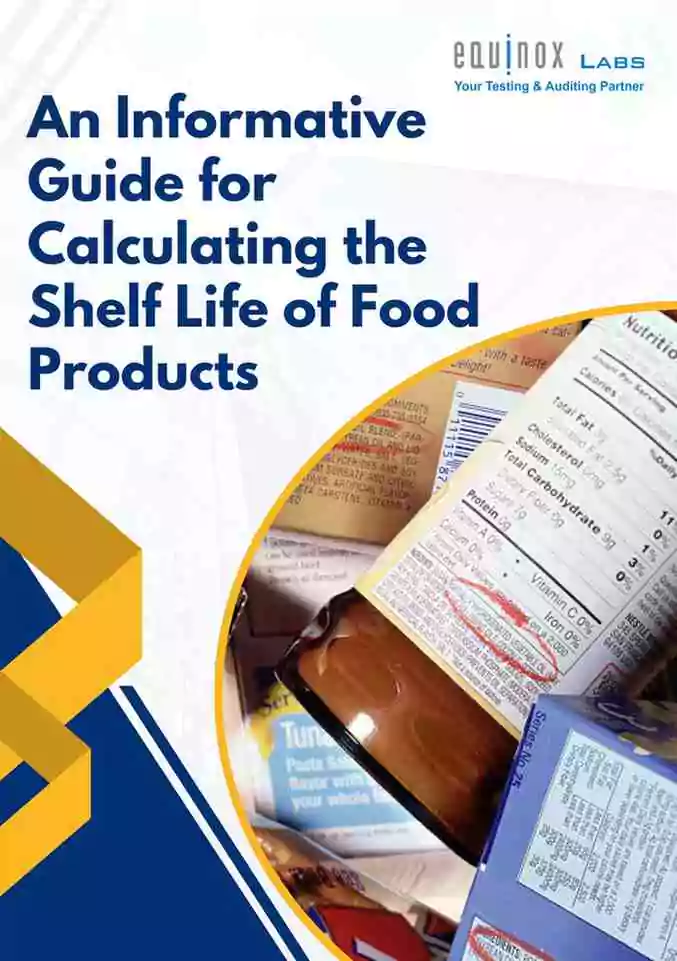
An Informative Guide for Calculating the Shelf Life of Food Products
Learn how to accurately determine your product’s shelf life for better safety and compliance.
Download the GuideIs It Always Dangerous to Eat Expired Food?
It is not necessarily that dangerous to consume expired goods. Depends, as some foods are still safe after their ‘Best Before’ dates. Dry pasta, canned beans, and rice may last long past the date printed on them if stored well.
But here’s the catch. You must use your senses. If it smells off, tastes weird, or has changed color or texture, don’t risk it.
Also, if the packaging is damaged, like a bloated can, broken seal, or torn pouch, it’s better to discard the product, no matter the date.
How Businesses Handle Shelf Life vs Expiry?
In restaurants, cafes, and food manufacturing units, tracking shelf life and expiration dates is a daily task. Many use software or manual logs to track when items were received, opened, and when they need to be used or discarded.
Let’s take an example from a cloud kitchen in Bengaluru. The chef receives a delivery of paneer on July 1 with a shelf life of 7 days. He opens it on July 3. While the original shelf life is till July 8, once opened, the new shelf life may be just 3 days if the package says ‘Consume within 3 days of opening.’
If the chef forgets to label the date of opening, there’s a chance expired paneer could be used, which is a serious food safety violation.
Food Waste and Misinformation
A large portion of food waste globally happens because people throw away items that are still safe to consume. The confusion between shelf life and expiration date plays a big part in this.
According to the Food Safety and Standards Authority of India (FSSAI), consumers must understand the labels before deciding whether to throw away or consume a product.
Here’s a quick mental checklist you can follow:
- Check the date: Suggests the product is at its best quality until the mentioned date. It may still be safe to eat after that date.
- Look and smell: This is closer to an expiration date and is more common in perishable products.
- Taste a little: A firm deadline, do not consume after this date.
- Check the storage history: Was it stored in the right conditions?
Tips for Smarter Food Use at Home
- Label Everything: When you open a jar or packet, write the date on it.
- First In, First Out (FIFO): Use older products before new ones.
- Use Airtight Containers: Preserve shelf life by keeping out air and moisture.
- Don't Blindly Trust Dates: Learn to trust your senses, too.
- Refrigerate Properly: Store perishable items at the right temperature, usually below 5°C.
The difference between shelf life and expiration date is not just about being a smart shopper. It’s about ensuring your health, reducing waste, and saving money. Like Rina, many of us are waking up to the importance of reading labels carefully and being more mindful of what we eat and how we store it.
Next time, when you are holding that half-finished peanut butter jar or wondering whether to toss a can of soup, pause. Read the label. Trust your senses. And remember, knowledge is the best ingredient in your kitchen.
Equinox Labs is India’s leading food, water, and air testing laboratory, trusted by thousands of brands for ensuring safety and compliance. With cutting-edge technology and a team of expert scientists, Equinox helps businesses meet FSSAI standards, reduce risks, and build consumer trust. Whether you're a food entrepreneur, facility manager, or quality head, Equinox empowers you with reliable testing and actionable insights to stay ahead.
Ready to safeguard your brand’s reputation? Partner with Equinox Labs today.
FAQs
Q1: Can you eat food after the expiration date?
Answer: No, it's not recommended. The expiration date is the last day a product is considered safe to consume. After this, the food may pose health risks even if it looks or smells fine.
Q2: What’s the difference between shelf life and expiration date?
Answer: Shelf life refers to how long a product remains at peak quality under proper storage. Expiration date marks the last day the product is safe to use or eat.
Q3: Is ‘Best Before’ the same as expired?
Answer: No. ‘Best Before' indicates quality, not safety. Food may still be safe to eat after the ‘Best Before’ date if stored correctly and there are no signs of spoilage.
Q4: How do I extend the shelf life of my food at home?
Answer: Store items in cool, dry places, use airtight containers, refrigerate perishables promptly, and label products with the date they were opened to track usage better.


